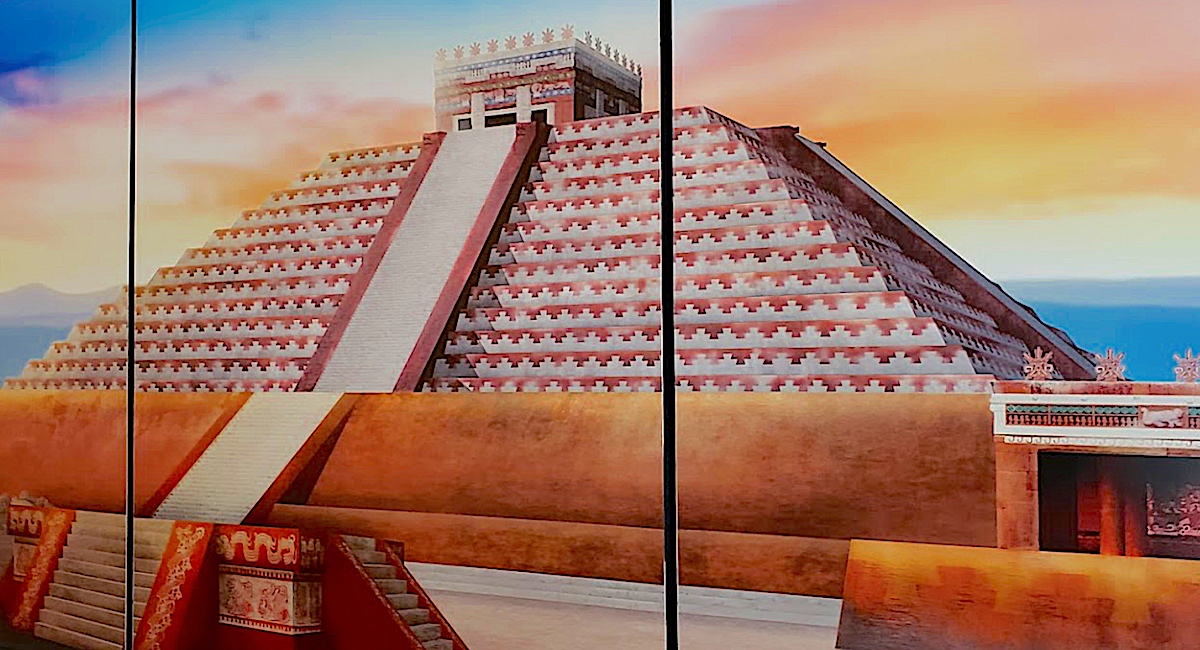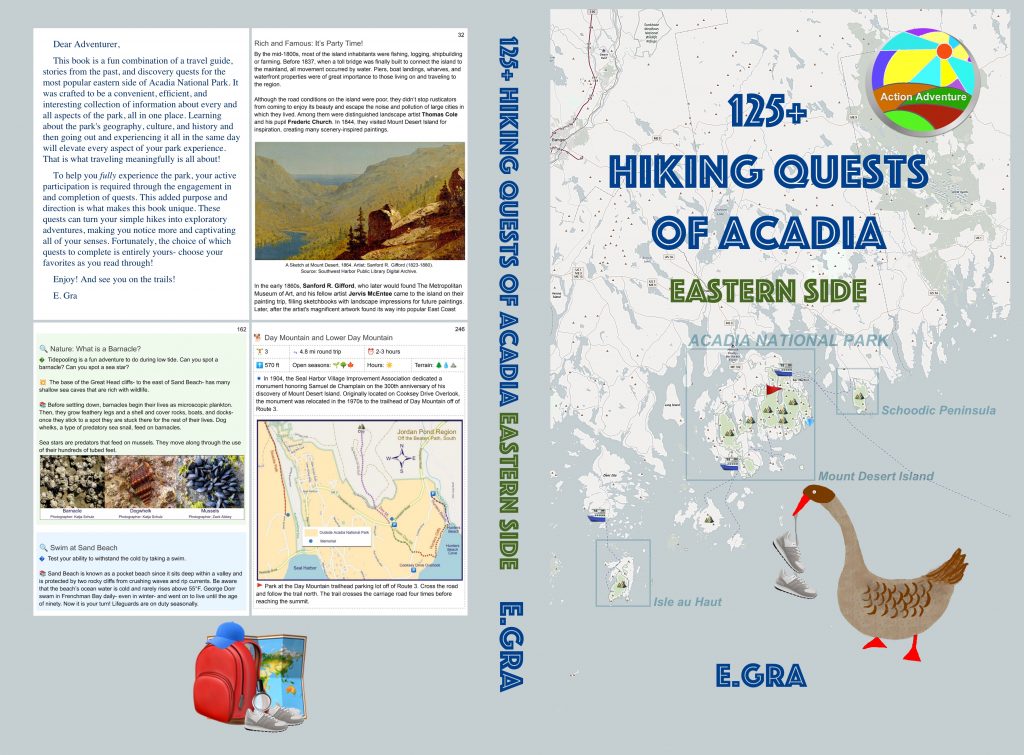There are 4 Archeological Sites that are open to public in the State Querétero. The first and the most convenient is located close to the Querétero City Historical Center, the other 3 are in the Sierra Gorda.
Entrance fee for each site is 65 pesos ($3.25).
Pre-Hispanic societies of Mexico were highly hierarchical. Only Priests and High Court were living in Stone Cities of now archeological sites in Mexico. The rest of the population was living in simple wooden huts in the surrounding area.
When the “original” Stone Cities’s names did not survive, archeological sites were named by Spanish at the time of their discovery.

Querétaro State
Archaeological Zones
🗿 El Cerrito: Visit, if staying in Querétero City.
🗿 Ranan: Skip or Visit only if coming to 🎇 San Joaquín magical town.
🗿 Toluquill: Visit only if coming to 🎇 San Joaquín magical town.
🗿 Tancama: Visit only if coming to 🎇 Jalpan de Serra magical town or 5 Franciscan missions.
The most convenient archeological site due to its close proximity to Querétero center is archaeological zone El Cerrito. Due to its convenience, more than 60 million people visit it every year. The site is only 5 mi from the center and can be reached by taxi, Uber or, for most adventures, by local city bus. A ride on the local bus is only 9 pesos ($0.50) but you will have to ask locals on how to find the nearest bus stop. Take R05, R76, or R85 buses and get off at Hidalgo and Camino al Cerrito. Take R65, R75, or R77 buses and get off at Hidalgo and Don Bosco.
The site is open Thursdays through Sunday 9 am to 2 pm. The grounds host a museum with recovered artifacts.
Built and rebuilt between 900 BC to 1200 AD by Toltecs-Chichimecas people, the site suggests influences from multiple cultures over time including Chupícuaro, Teotihuacán, Purépechas and Otomi. For example, Its structures are distinguished by having a coating of slabs carefully placed without mortar, characteristic of sites in western Mexico such as Las Yácatas in Michoacán and La Quemada in Zacatecas.
The archaeological zone Ranan is located in the Sierra Gorda, 88 mi from Querétero City and 2 mi north of the town of San Joaquín. You can take public service vans from the town of San Joaquín to the site or simply walk.
The site is open Monday through Sunday 9 am to 5 pm.
Built and flourished between 400 to 1300 AD, the town was built in a strategic location (at crossroads of trade routes) and supported by mining industry of very valuable cinnabar (mercury sulphide) mineral. This archaeological site alone has about 14 pre-Hispanic mine entrances. Ranas was one of the three large settlements besides Toluquilla and Son Joaquín (now lost), which controlled the mining production of southern the Sierra Gordo.
Fun Fact: Cinnabar mineral was widely used by the Olmecs, the Mayans and Teotihuacans to decorate pottery, paint walls and murals. It was also used to preserve corpses of the most important rulers, priests and gentry.
The archaeological zone Toluquilla is located in the Sierra Gorda, 91 mi from Querétero City, and 6 mi south of the town of San Joaquín. You can take public service vans from San Joaquín to the site.
The site is open Thursday through Sunday 10 am to 4 pm.
Built and rebuilt between 300 BC to 1450 AD, Toluquilla is the largest (featuring 210 monuments) and exceptionally preserved archaeological site in the State of Ouerétaro. Together with the settlements of Ranan, and Son Joaquín (now lost), it controlled the mining production of cinnabar in southern Sierra Gorda through 100+ mineshafts and its many villages. The miners would first search for an exposed vein, then dig the mineral, following the vein, creating long and winding tunnels, galleries and shafts.
🗿Tancama (“A Place of Flint” from Huastec)
The archaeological zone Tancama is located in the Sierra Gorda, 123 mi from Querétero City, and 8 mi south-west of the town of Jalpan de Serra. Keep an eye for a small entrance sign off Route 120. The access road is gravel. The entrance is FREE.
The site is open Thursday through Sunday 10 am to 4 pm. The grounds host a small museum (FREE).
Located on a low slope of Cerro Alto, Tacoma was built as a series of terraces and platforms between 200 BC to 900 AD by Huastec people. The type of architecture is similar of Ranas and Toluquilla.
Did you like my guides? What until you see my quests! If you ever decide to visit Acadia National Park, check out my book available on Amazon as paperback and Kindle editions. Buy a book, change a life! Thank you for your support and patronage.

Copyright © 2022 by E.Gra. Unless otherwise noted, all rights reserved. Unless otherwise indicated, no part of this work may be reproduced, or transmitted in any form or by any means without the author’s prior written consent.
